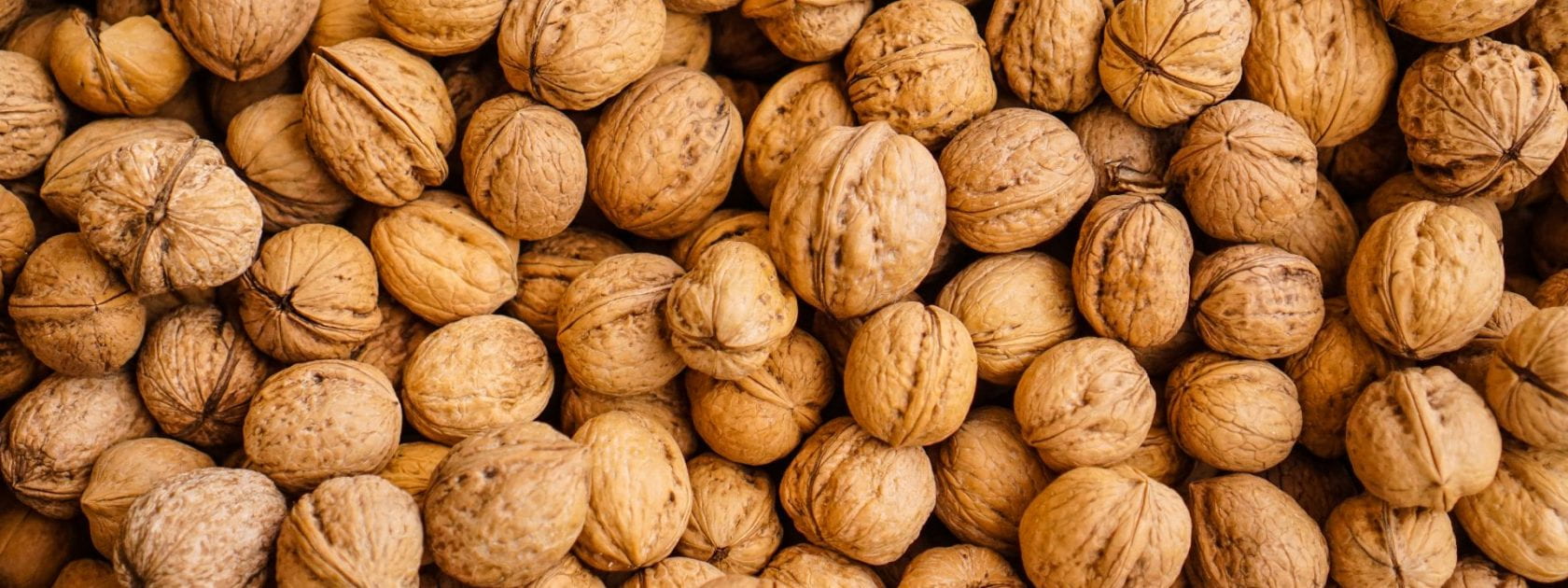OMEGA-3’s
What are omega-3 (n-3) fatty acids?
This is a class of fatty acids characterized by the presence of a cis double bond 3 carbons from the terminal methyl end of the molecule. Both the w-3 to n-3 nomenclature used to designate the position of the last terminal double bond are interchangeably used, however, the n-3 designation is the proper IUPAC abbreviation. These fatty acids are also known as essential fatty acids because they can not be synthesized in mammals, thus we must obtain through our diet. When talking about n-3 fatty acids we mainly refer to linolenic acid (LNA, 18:3n-3), eicosapentaenoic acid (EPA, 20:5n-3) and docosahexaenoic acid (DHA, 22:6n-3). The first number indicates the number of carbon units, the second number refers to the number of double bonds and the n-3 designation refers to the position of the last double bond.
Sources of omega-3 fatty acids.
Linolenic acid is found abundantly in flax seed or flax oil. Therefore, you will find it in whole grain products such as bread and pasta. EPA and DHA are found highly enriched in fish, such as salmon and tuna. EPA or DHA is deposited in the fat of fish when they consumes algae which produce EPA and DHA.
Biological effects.
n-3 fatty acids have been shown to be very important for brain and visual development in infants. In addition, these fatty acids are important for male reproduction. Furthermore, studies have shown that these fatty acids have the potential to reduce the risk for human cardiovascular disease, diabetes, obesity, and immune related diseases, neurological diseases and cancer.
Relevant Paper(s) from Ma Lab
- Role of dietary fatty acids in mammary gland development and breast cancer. MacLennan M, David W.L. Ma. Breast Cancer Research 2010, 12:211
- Diana M Merino, David WL Ma and David M Mutch Genetic variation in lipid desaturases and its impact on the development of human disease Lipids in Health and Disease 2010, 9:63 (18 June 2010)
- Breanne Anderson and David W.L. Ma. Are all n-3’s created equal? Lipids Health Dis. 2009 Aug 10;8(1):33.
_____________________________________________________________
CONJUGATED LINOLEIC ACIDS
What is CLA?
Conjugated linoleic acid (CLA) refers to a group of geometrical and positional isomers (variants) of the essential fatty acid, linoleic acid. Whereas linoleic acid, (18:2n-6) an n-6 fatty acid is considered an essential fatty acid, CLA is not. The two main isomers of interest are the c9t11-CLA and t10c12-CLA isomers. The c9t11-CLA isomer is found primarily in foods, and both are found in equal amounts in chemically synthesized nutrition supplements.
Foods containing CLA.
Foods derived from ruminants are especially rich in c9t11-CLA. Common foods derived from ruminants include, milk, cheese and beef products . The major isomer found in food is c9t11-18:2, however, there is also considerable interest in the t10c12-18:2 which is chemically synthesized.
Why is CLA of research interest?
Similar to the omega-3 fatty acids, this class of fatty acids have been found to inhibit cancer and reduce risk for cardiovascular disease. However, there is conflicting evidence regarding the protective effects of CLA on obesity and diabetes.
Relevant Paper(s) from Ma Lab
- Pedro Huot, Baisahki Sarkar, David W.L. Ma. CLA alters caveolae phospholipid fatty acid composition and decreases caveolin-1 expression in MCF-7 breast cancer cells. Nutrition Research. Nutrition Research. 2010 Mar;30(3):179-85
- David W.L. Ma, Antoni A. Wierzbecki, Catherine J. Field, and M. Tom Clandinin. Conjugated linoleic acid in Canadian dairy and beef products. J. Agric. Fd. Chem. 1999, 47(5), 1956-1960.
_____________________________________________________________
TRANS FATTY ACIDS
What are trans fatty acids?
Trans fatty acids contain one or more double bonds in the trans configuration. Predominantly, trans fatty acids are produced through the partial hydrogenation of vegetable fats to produce solid fats used in frying and cooking. In addition to industrially synthesized trans fatty acids, naturally occurring trans fatty acids can be found in ruminant fats including trans vacennic and CLA.
Foods containing trans fatty acids
Foods derived from ruminants are especially rich in both vaceenic acid and c9t11-CLA. Common foods derived from ruminants include, milk, cheese and beef products . Fried and baked foods contain a mixture of trans monounsaturated fatty acids, however, elaidic acid is the predominant isomer present.
Why are trans fatty acids of research interest?
Trans fatty acids are regarded to have a negative impact on cardiovascular disease. There is also growing interest on the effects of trans fatty acids in other diseases including, cancer, obesity and diabetes.
Relevant Paper(s) from Ma Lab
- Brennan Smith, Lindsay E. Robinson, Robert Nam and David W.L. Ma. Trans fats and cancer. British Journal of Nutrition. Br J Nutr. 2009 Aug 7:1-13.


